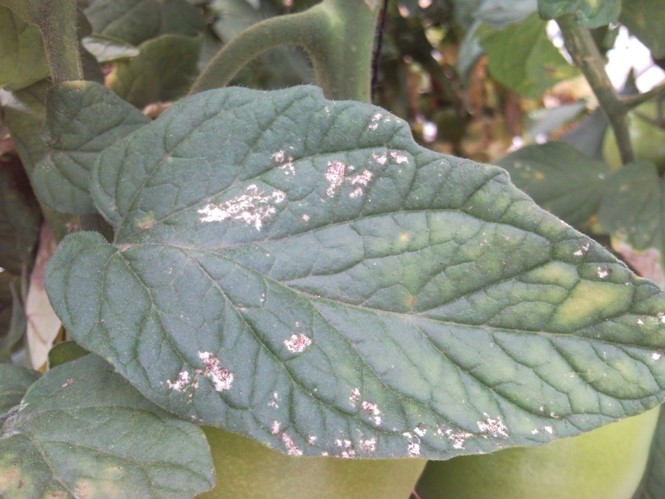Combatting Early Blight: Understanding and Treating Alternaria Leaf Spot in Tomatoes
Alternaria alternata This is a fungus attacking many different crops. In tomatoes it is called early blight. Its symptoms are round concentric leaf spots that look like dark, water-soaked lesions on the leaves. These lesions may expand and become brown or black, with a concentric ring pattern. In severe cases, the lesions can merge and […]
Combatting Early Blight: Understanding and Treating Alternaria Leaf Spot in Tomatoes Read More »











